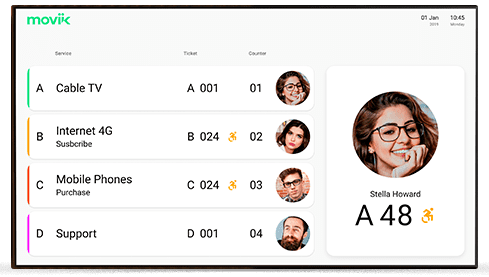When businesses think about queue management, the first thought is often: “How can we reduce waiting times?”. And indeed, shorter waits are crucial because they improve operational efficiency, reduce frustration, and increase satisfaction.
However, as someone deeply experienced in queue management across sectors like retail, banking, healthcare, and transport, I can tell you: reducing wait times is just the beginning.
Transparency: the cornerstone of trust
Transparency: the cornerstone of trust
Practical applications:
Digital displays or mobile apps showing real-time position in the queue;
Clear signage explaining service steps, especially during peak periods;
Standardized service-level expectations (SLAs) for common interactions.
Businesses that implement transparency find that even if total waiting time remains constant, customer satisfaction improves because the emotional experience of waiting is managed. Over time, this consistency fosters loyalty and repeat visits.
Communication: proactive and personalized
Communication: proactive and personalized
Transparency alone is insufficient without active communication. Keeping customers informed, wherever they are, reduces anxiety and reinforces the perception of professionalism.
Key strategies:
SMS or app notifications: “Your turn is next, please proceed to counter 4.;
Two-way communication channels for quick inquiries, such as appointment changes;
Display screens with real-time updates for in-store waiting customers.
For example, in healthcare, sending estimated wait times along with a short explanation of delays significantly reduces no-shows and increases patient satisfaction. In retail, notifying customers when their order is ready encourages engagement and reduces crowding.
Environment: comfort influences perception
Environment: comfort influences perception
The physical environment is a key component of queue management. Comfortable seating, clear signage, and visually appealing spaces make waiting feel shorter. Thoughtful layouts and distractions, such as informational or promotional screens, further improve the customer experience.
Design recommendations:
Comfortable, ergonomically designed seating spaced appropriately;
Screens displaying queue status, service updates, or useful content;
Clear floor markings and signage to guide customers efficiently.
Even small improvements in the environment can significantly reduce perceived waiting time, increase satisfaction, and enhance loyalty.
Personalization: small gestures, big impact
Personalization: small gestures, big impact
Personalization in queue management demonstrates that a business recognizes and values each customer.
This can range from personalized greetings to VIP queue priority.
Examples of personalization:
Greeting returning customers by name on kiosks or digital displays;
Assigning priority lanes for VIP or pre-booked clients;
Using historical data to anticipate customer needs or staffing levels.
Personalization creates an emotional connection that goes beyond transactional service. Customers feel acknowledged, respected, and more likely to return.
Reducing wait time is necessary but insufficient. True excellence in queue management transforms the waiting experience into a loyalty-building opportunity. Businesses that embrace transparency, communication, personalization, and data-driven insights create customer journeys that are not only efficient but memorable.
Use cases:
Scheduling staff dynamically to match peak hours;
Analyzing customer flow to reduce bottlenecks and improve throughput;
Measuring the effect of queue improvements on satisfaction and sales.
For example, a retail chain reduced average queue time by five minutes and observed an 8% increase in completed transactions during peak hours — a clear revenue impact.
Consistency is as important as speed. Customers expect predictable and fair treatment every visit. Standardized processes, fairness policies, and regular performance audits maintain a consistent experience, reinforcing trust.
Customers value predictable fairness over sporadic speed. A system that reliably delivers fair service strengthens loyalty, encourages repeat business, and builds brand reputation.
Strategic advantage: beyond operational efficiency
Strategic advantage: beyond operational efficiency
When transparency, communication, environment, personalization, and data converge, queue management stops being a back-office tool and becomes a strategic advantage. Businesses not only improve efficiency but also build trust, increase engagement, and strengthen long-term loyalty.
Implementation tips:
Start small: pilot digital notifications in one location;
Measure impact: track wait times, NPS, and conversion metrics;
Iterate: use feedback loops to refine operations and messaging.
This holistic approach turns waiting from a passive inconvenience into an active driver of customer satisfaction, loyalty, and business growth.
Reducing wait time is necessary but insufficient. True excellence in queue management transforms the waiting experience into a loyalty-building opportunity. Businesses that embrace transparency, communication, personalization, and data-driven insights create customer journeys that are not only efficient but memorable.
When businesses think about queue management, the first thought is often: “How can we reduce waiting times?”. And indeed, shorter waits are crucial because they improve operational efficiency, reduce frustration, and increase satisfaction.
However, as someone deeply experienced in queue management across sectors like retail, banking, healthcare, and transport, I can tell you: reducing wait times is just the beginning.
Transparency: the cornerstone of trust
Transparency: the cornerstone of trust
Practical applications:
Digital displays or mobile apps showing real-time position in the queue;
Clear signage explaining service steps, especially during peak periods;
Standardized service-level expectations (SLAs) for common interactions.
Businesses that implement transparency find that even if total waiting time remains constant, customer satisfaction improves because the emotional experience of waiting is managed. Over time, this consistency fosters loyalty and repeat visits.
Communication: proactive and personalized
Communication: proactive and personalized
Transparency alone is insufficient without active communication. Keeping customers informed, wherever they are, reduces anxiety and reinforces the perception of professionalism.
Key strategies:
SMS or app notifications: “Your turn is next, please proceed to counter 4.;
Two-way communication channels for quick inquiries, such as appointment changes;
Display screens with real-time updates for in-store waiting customers.
For example, in healthcare, sending estimated wait times along with a short explanation of delays significantly reduces no-shows and increases patient satisfaction. In retail, notifying customers when their order is ready encourages engagement and reduces crowding.
Environment: comfort influences perception
Environment: comfort influences perception
The physical environment is a key component of queue management. Comfortable seating, clear signage, and visually appealing spaces make waiting feel shorter. Thoughtful layouts and distractions, such as informational or promotional screens, further improve the customer experience.
Design recommendations:
Comfortable, ergonomically designed seating spaced appropriately;
Screens displaying queue status, service updates, or useful content;
Clear floor markings and signage to guide customers efficiently.
Even small improvements in the environment can significantly reduce perceived waiting time, increase satisfaction, and enhance loyalty.
Personalization: small gestures, big impact
Personalization: small gestures, big impact
Personalization in queue management demonstrates that a business recognizes and values each customer.
This can range from personalized greetings to VIP queue priority.
Examples of personalization:
Greeting returning customers by name on kiosks or digital displays;
Assigning priority lanes for VIP or pre-booked clients;
Using historical data to anticipate customer needs or staffing levels.
Personalization creates an emotional connection that goes beyond transactional service. Customers feel acknowledged, respected, and more likely to return.
Reducing wait time is necessary but insufficient. True excellence in queue management transforms the waiting experience into a loyalty-building opportunity. Businesses that embrace transparency, communication, personalization, and data-driven insights create customer journeys that are not only efficient but memorable.
Use cases:
Scheduling staff dynamically to match peak hours;
Analyzing customer flow to reduce bottlenecks and improve throughput;
Measuring the effect of queue improvements on satisfaction and sales.
For example, a retail chain reduced average queue time by five minutes and observed an 8% increase in completed transactions during peak hours — a clear revenue impact.
Consistency is as important as speed. Customers expect predictable and fair treatment every visit. Standardized processes, fairness policies, and regular performance audits maintain a consistent experience, reinforcing trust.
Customers value predictable fairness over sporadic speed. A system that reliably delivers fair service strengthens loyalty, encourages repeat business, and builds brand reputation.
Strategic advantage: beyond operational efficiency
Strategic advantage: beyond operational efficiency
When transparency, communication, environment, personalization, and data converge, queue management stops being a back-office tool and becomes a strategic advantage. Businesses not only improve efficiency but also build trust, increase engagement, and strengthen long-term loyalty.
Implementation tips:
Start small: pilot digital notifications in one location;
Measure impact: track wait times, NPS, and conversion metrics;
Iterate: use feedback loops to refine operations and messaging.
This holistic approach turns waiting from a passive inconvenience into an active driver of customer satisfaction, loyalty, and business growth.
Reducing wait time is necessary but insufficient. True excellence in queue management transforms the waiting experience into a loyalty-building opportunity. Businesses that embrace transparency, communication, personalization, and data-driven insights create customer journeys that are not only efficient but memorable.






